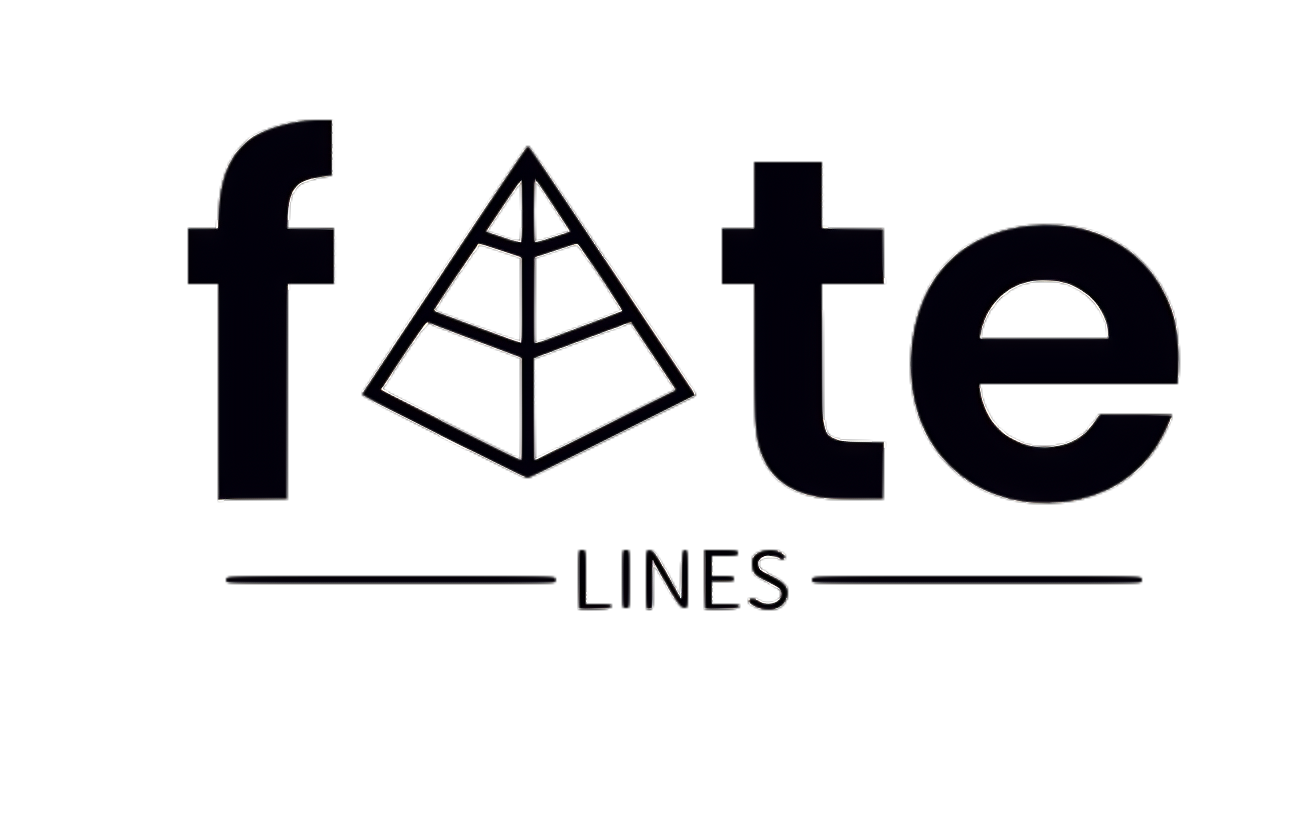-
Bealtaine, celebrated on May 1st, holds significant importance in Irish mythology as the herald of summer for ancient Irish ancestors. The festival is strongly linked to the Hill of Uisneach—known as “Cnoc Uisneach” in Irish—located in County Westmeath, where it was believed grand fires were lit to mark the occasion. Archaeological evidence reveals substantial deposits…
-
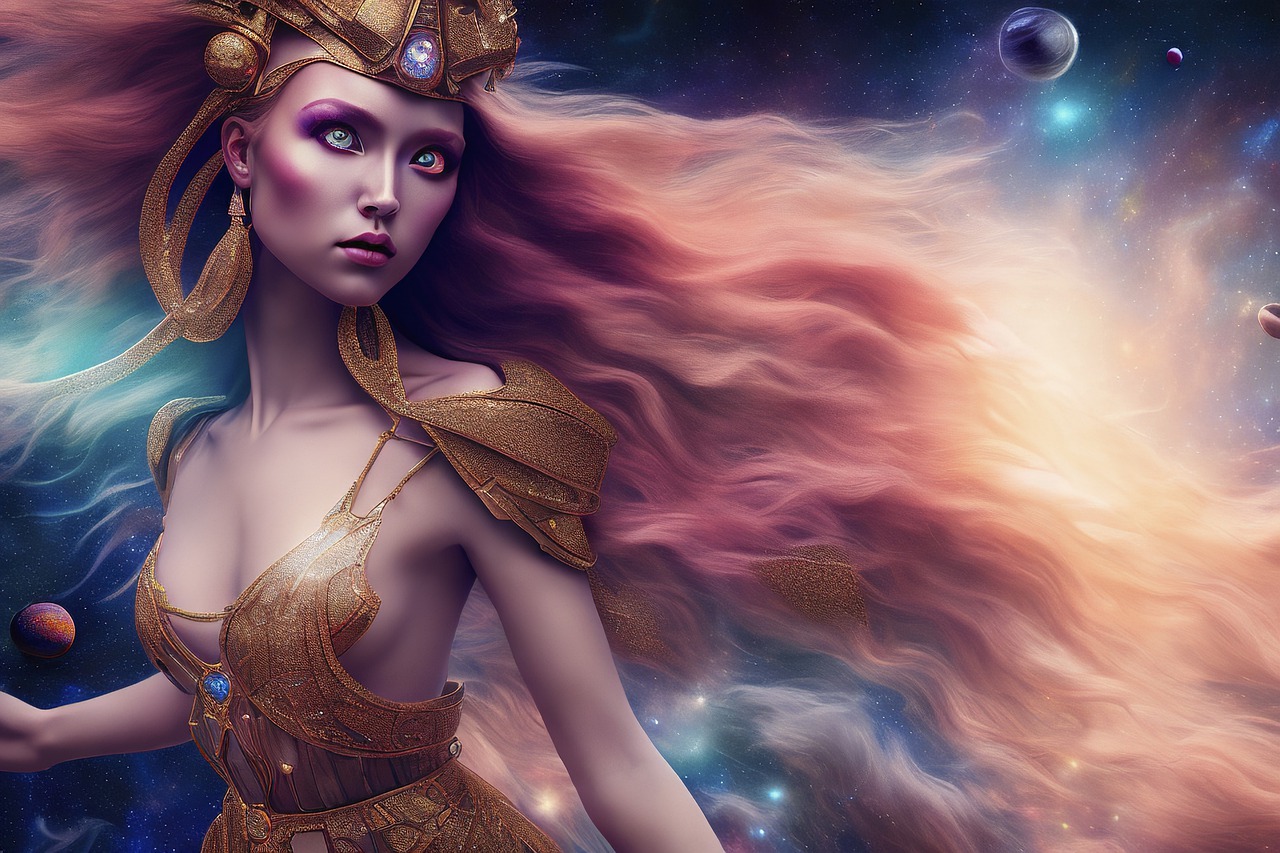
The Irish Morrigan: Deity of Life, Death, and Transformation The Morrigan, an ancient and multifaceted Irish goddess, finds her roots traced back to prehistorical times, illuminating her role as a vital figure in the pantheon of deities known as the Great Goddess across Europe. Historical artifacts suggest that she served as a bridge between the…
-

Understanding Tellus: Key Insights for Your Exam Preparation Tellus, often thought of as Terra in Latin, stands as a significant figure in Roman mythology, representing the Earth. She is closely linked to themes of fertility, agriculture, and abundance, embodying the nurturing qualities of the Earth. This personification mirrors the agrarian characteristics of Roman society, which…
-
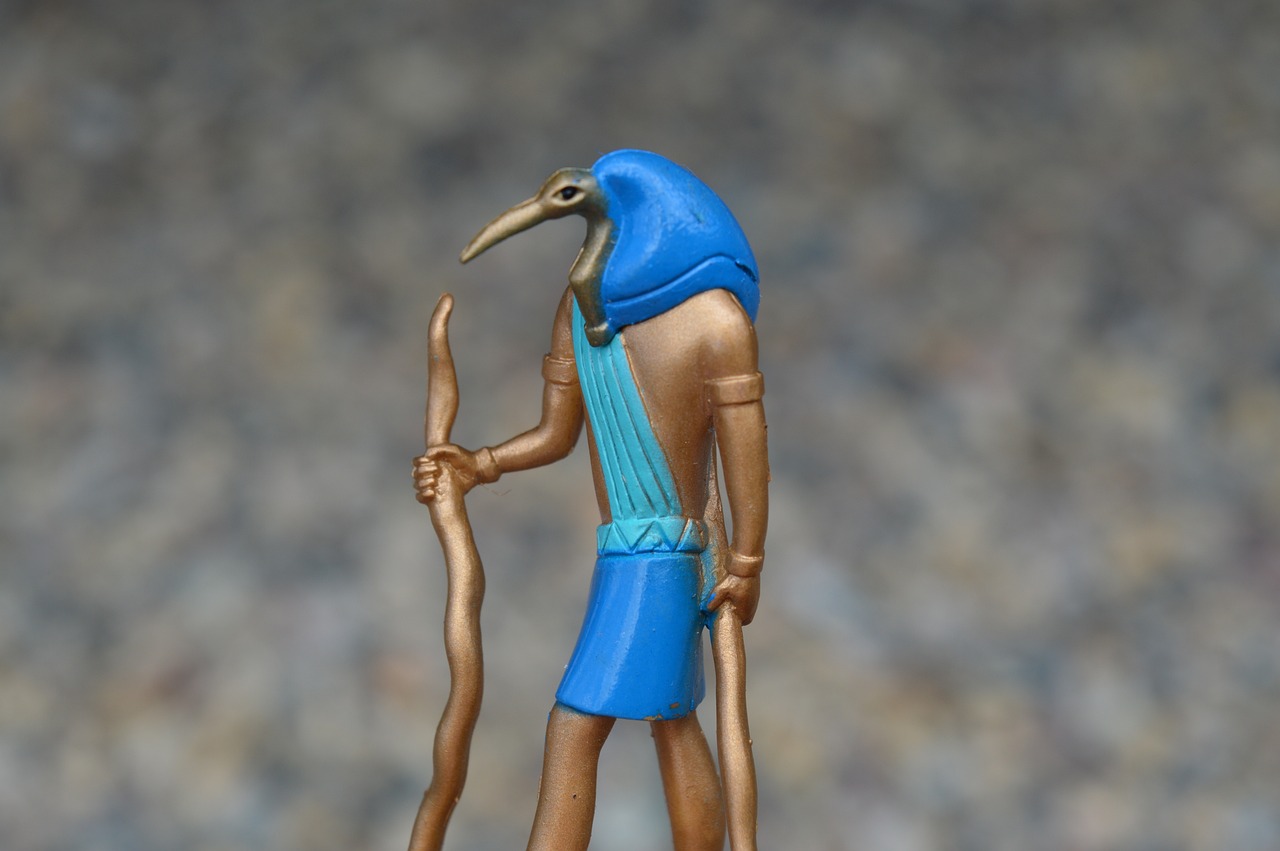
Thoth: The Egyptian God of Wisdom and Writing Thoth stands as the revered Egyptian deity associated with writing, wisdom, and magic. His influence extended to maintaining order and justice, serving as an advisor and mediator among the divine beings. As the protector of scribes, he was often depicted alongside his female counterpart, Seshat, the Goddess…
-
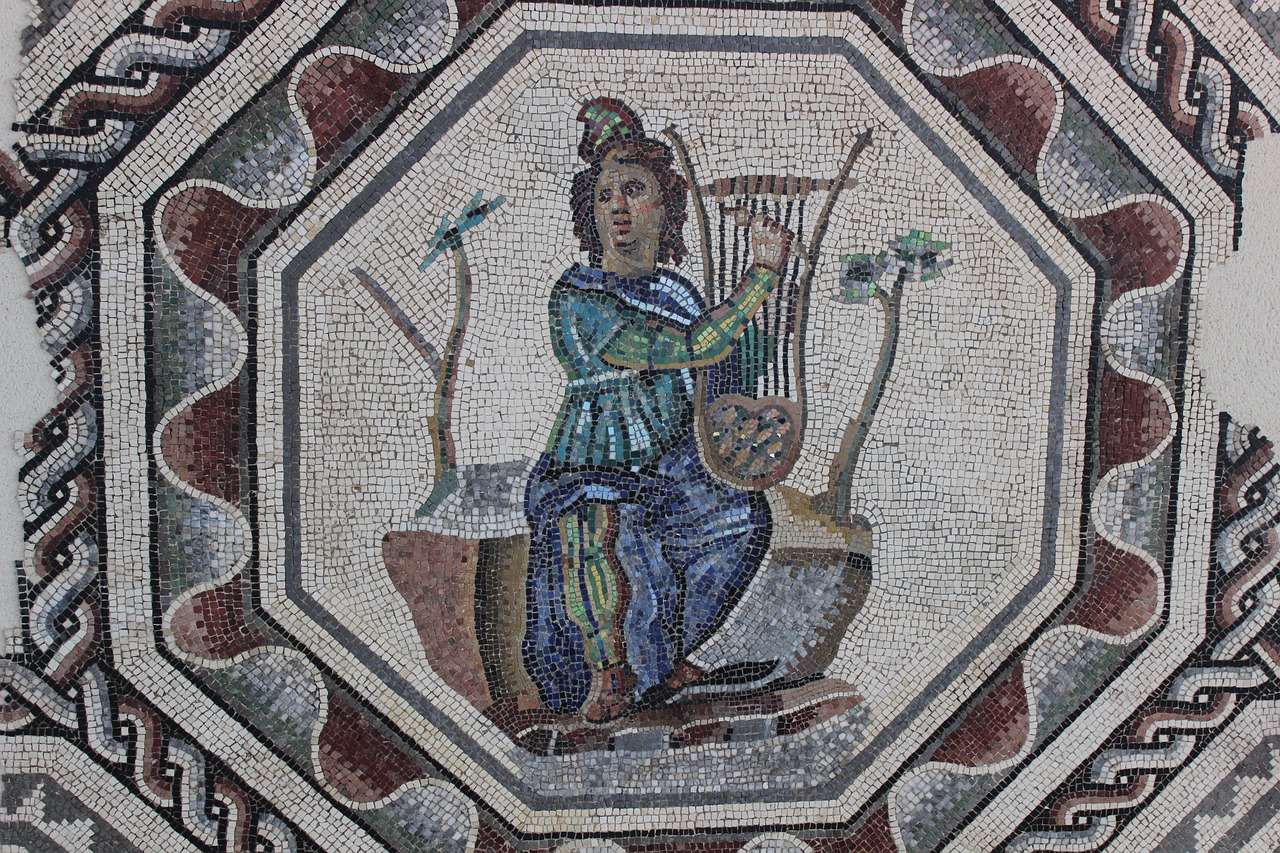
The Legend of Orpheus: Music, Love, and Loss Mythology served as a means for ancient civilizations to understand their environment and reflect on the dynamics of their society. Over the ages, these myths evolved, embodying various interpretations. Many of these narratives held significant sway in the realms of cosmology and religion, with the Orpheus myth…
-
As an employee of Asana, I may have a natural affinity for the platform, but I genuinely believe it stands out as an exceptional project management tool. It serves as a consolidated point of reference for our team, ensuring clarity around who is responsible for what and by when. This centralized approach allows us to…
-

In Roman mythology, Saturn is a prominent deity linked to agriculture, wealth, and the concept of time. Often depicted as a venerable man with a long beard, wielding a sickle, Saturn is intricately connected to the ideal of the “Golden Age,” a legendary era characterized by tranquility and abundance. Saturn’s counterpart in Greek mythology is…
-

In ancient Greek mythology, the Titan Prometheus is renowned both for his cunning nature and for bestowing the essential gift of fire upon humanity. This act of defiance against the god Zeus resulted in severe retribution, wherein every day an eagle would consume his liver while he remained shackled to a rock, unable to escape…
-
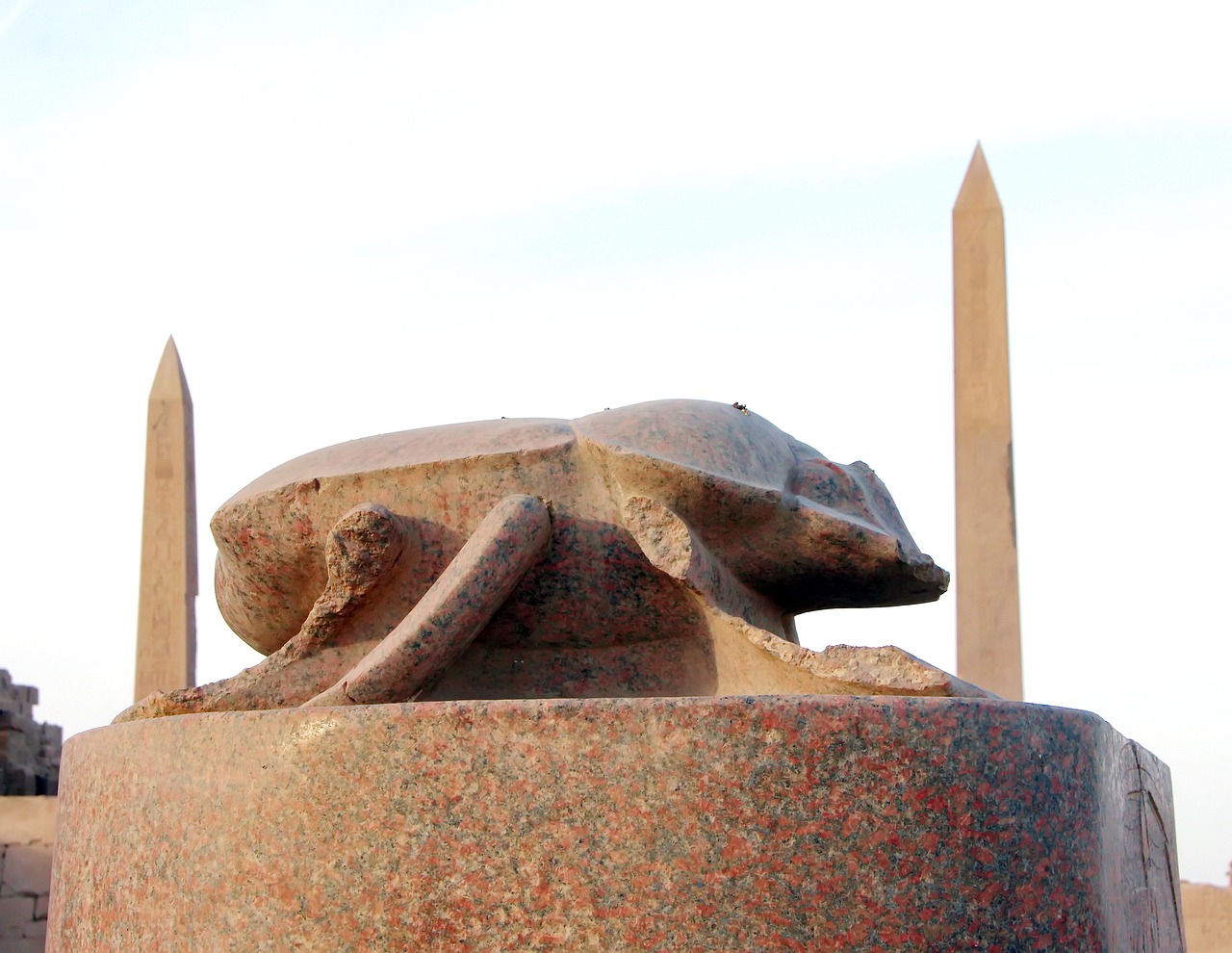
Khepri, also known by names such as Kheper, Khepera, Chepri, and Khephir, is primarily linked to the scarab or dung beetle (Scarabaeus sacer), firmly establishing him as a prominent insect deity in ancient Egyptian mythology. The Egyptians observed the scarab beetles as they rolled dung into spherical shapes and transported it to their burrows. This…
-
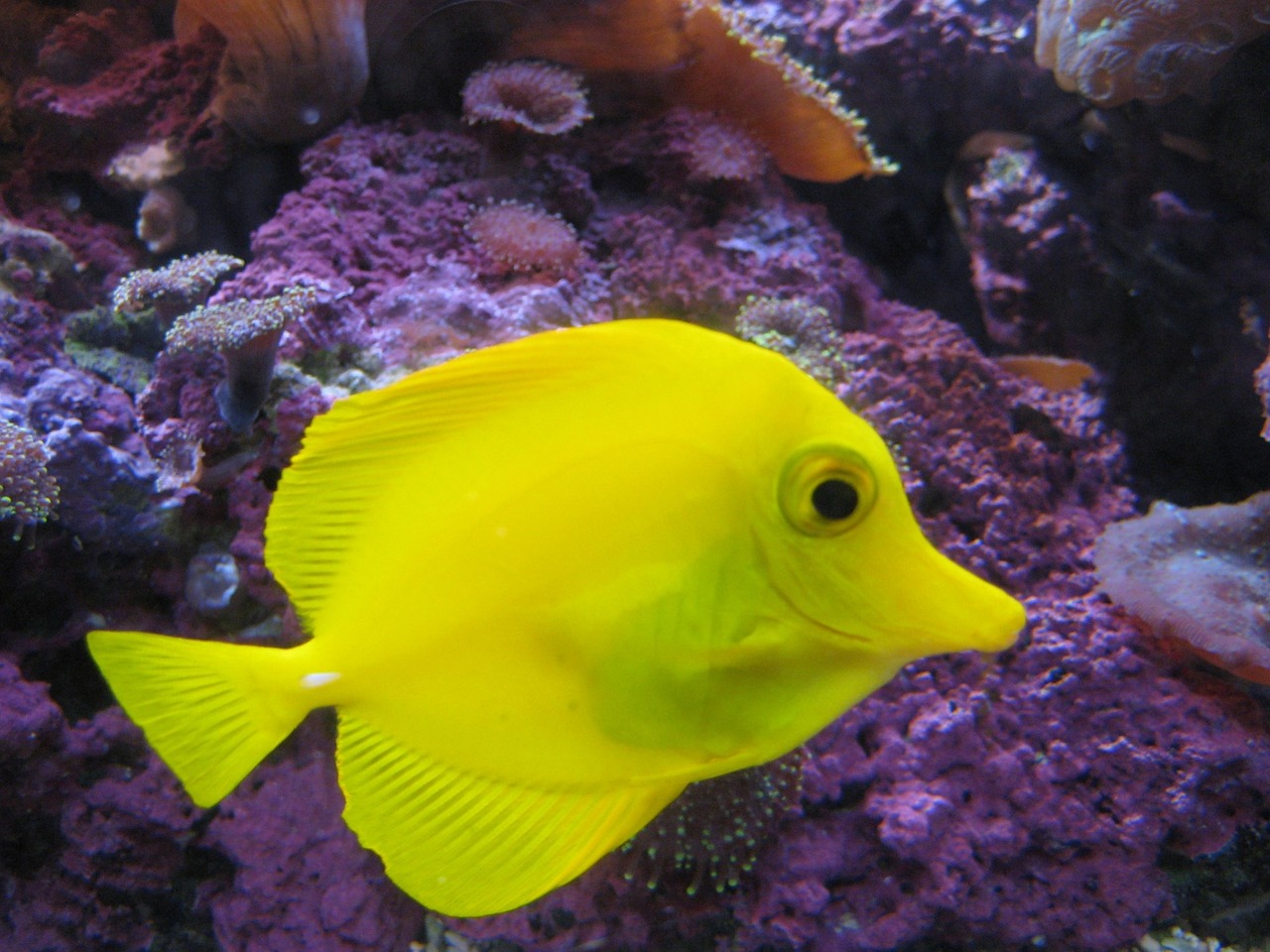
Tang San Zang: An Overview Name Meaning Tang: This surname was bestowed upon him when he formed bonds of brotherhood with the Emperor of the great Tang dynasty. San Zang: Translating to Tripitaka, this refers to the holy texts he was assigned to retrieve, which include: a) Vinaya Pitaka b) Sutra Pitaka c) Abhidharma Pitaka…
